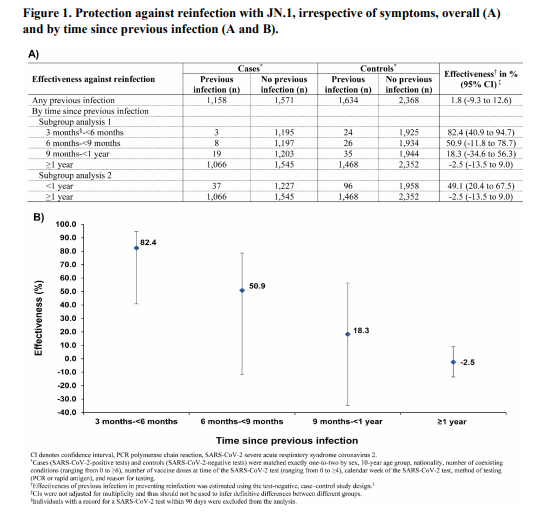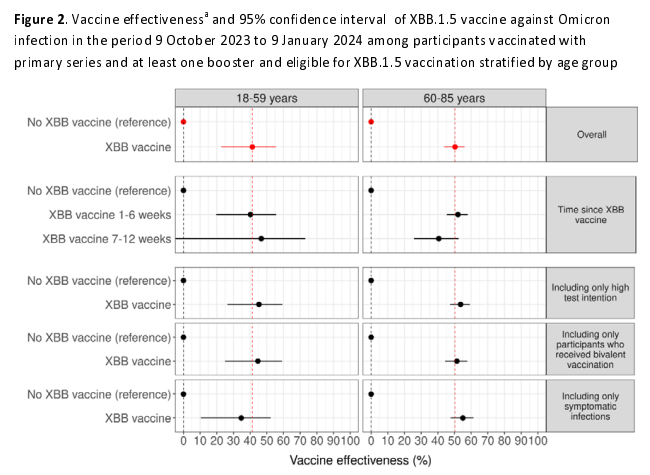1) Nipah virus is another virus to keep an eye on. It doesn't transmit between people well but it can to a certain degree, it has a high CFR and there are regular outbreaks. One vaccines is in clinical trials (funded by CEPI).
https://twitter.com/LubanLab/status/1269142271863263237
2) CEPI is funding clinical trials for vaccines against emerging viruses including Lassa, Nipah Marburg, MERS, Chikungunya, CCHF etc. CEPI is financed by Norway, Japan, Germany, the Gates Foundation and the Wellcome Trust. India is planning to contribute.
3) These CEPI-funded vaccines will potentially avoid future pandemics. The US is not contributing. Maybe tell you representatives that it would be a good idea to change that. cepi.net
4) I forgot some countries: Australia, Belgium, Denmark, the UK, Canada, Mexico and Ethiopia as well as the European Commission are contributing as well.
• • •
Missing some Tweet in this thread? You can try to
force a refresh












